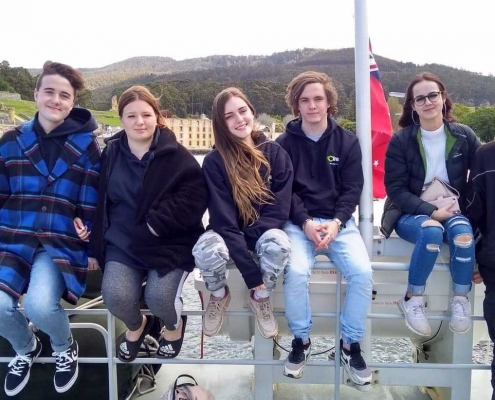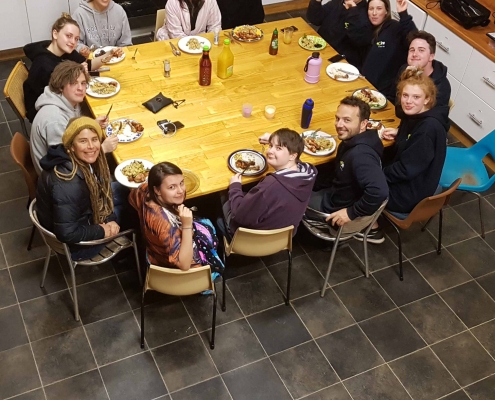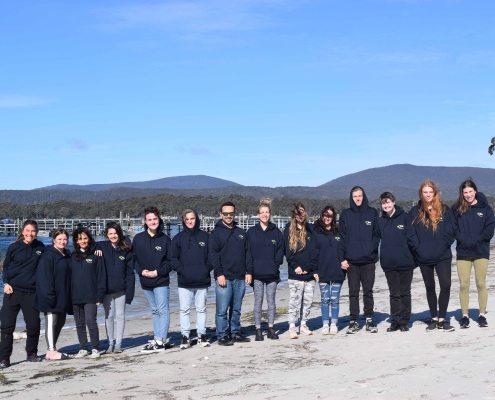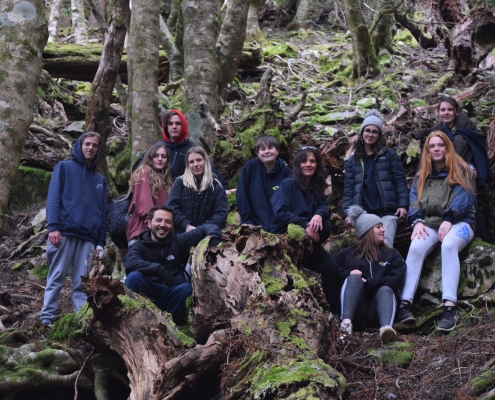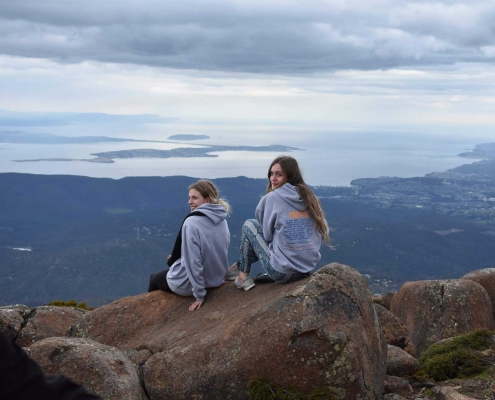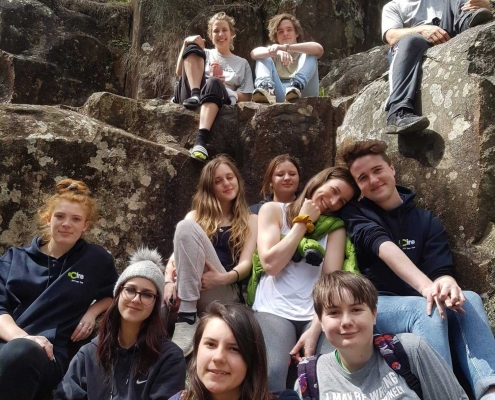Cire Community School Students Head To Tasmania!
Our senior class worked together to plan a camp to Tasmania for 7 nights in October. We met a lot of the requirements of our VCAL Senior Certificate by planning all aspects of the camp such as the itinerary, budgets, fundraising, food, accommodation, and risk assessments. We had to arrive at school at 4:30am to get the bus into the airport for our plane at 7:30. It was so exciting catching a plane with all our classmates!
Our first day there was pretty relaxed. Pippa, Mark and I picked up our shopping from Eastland then went to the gym. It was pretty cool that we could attend a gym in Tasmania. On our second day, we went exploring in Mt Field National Park to see some of the beautiful waterfalls we have read and heard about. It was such a beautiful place, I really enjoyed being out in the fresh air. In the afternoon we went to St. Vincent’s in Hobart where we had a guided tour of their facilities including their food van. We all went into the kitchen and worked as a team to make soup and sandwiches. The food was later distributed by the food van to homeless people near Hobart.
The next day we visited Bonorong Wildlife Sanctuary to feed some wombats and tawny frogmouths, which is an owl-like bird. In addition, we fed heaps of kangaroos. Feeding the kangaroos was a really unique thing to do. Some of the big kangaroos really scared me and kept following me for food. That night we went out to dinner in Hobart to a really lovely little Italian restaurant. The atmosphere was lively and the food was delicious.
The Port Arthur historic site was one of my favourite parts of the camp. I found it really interesting learning about the life of the conflicts and civilians. Seeing how the convicts lived, where they were punished, seeing the churches and hospitals were so much fun. I really had the best day at Port Arthur. We also had the opportunity to go on the boat tour. I’ve never been on a boat so I was very nervous but excited to jump on board. It was so cold and windy when the boat started to move. We were all on the top deck observing all the different islands away from Port Arthur.
That night we revisited Port Arthur to attend the ghost tour. Port Arthur looked very different in the night, you got a very spooky feeling. Some of us were handed lanterns so we could see the path. The tour guide took us to a few houses where apparently there are ghosts. He told us scary stories about the people that had died in the houses then we were able to go inside. While inside the house he told us more spooky stories and half way through a story he jump-scared us, it was pretty scary especially after hearing the stories. I really enjoyed the Port Arthur ghost tour but much preferred Port Arthur in the daytime, definitely a lot less spooky!
The next day we went to MONA. MONA was nothing like what I expected! I expected a normal old art museum with boring pictures all over the walls but MONA was completely the opposite. They had all these cool exhibits with heaps of interactive activities. They had such a weird variety of things but it made it such a fun experience. My favourite bit of that day was a room with random people on the wall singing songs, Chloe and I started dancing around in there. I also really enjoyed playing chess outside with Eric. Half of the pieces were missing so we had to improvise with our jackets, shoes, drink bottles and sticks. It was pretty funny to play with such weird game pieces.
On the next day we left Hobart and drove north to Cataract Gorge and Launceston. We walked alongside the inner side of the gorge, it was really nice to see the beautiful views. We were able to ride the chairlift across the gorge and visit the other side of the gorge where we saw some beautiful peacocks and wallabies up close. Hayley was even able to feed a wallaby a leaf.
Cradle Mountain was such a challenge for all of us. It was very cold when we arrived, we had to jump on a special bus to get to the top of the mountain. We walked the track, which was a massive 6km hike. Walking along the track, it was amazing to see how different the landscapes were. One minute it would feel like you’re walking through a rainforest, then a rocky mountain and then it would feel like you were walking on a sandy beach. I’m so proud of everyone for pushing through that hike.
On our final day, we went to Gunns Plains caves and had the funniest tour guide ever. His name was Jeff and he made jokes about the crystals in the cave looking like different types of food because he loves food so much. Walking down into the cave was really scary because it was so dark and the pathway was wet. Some parts of the track you had to crawl through because large crystals and rocks were coving the path. I’ve never been able to walk around a cave before, so this experience was amazing.
A few of us were really nervous and excited for the boat ride home. I was really nervous because I’ve never been on a big boat. When we first got on the boat we were all so excited to explore around. We went to an all you can eat buffet and it was the best food ever. I tasted this feta cheese and it melted in your mouth it was so delicious, plus all the salads and mains packed so much flavour. Eric, Chloe and I watched a movie in the cinema later on in the night and it was so weird watching a movie while the whole room kept swaying. When we woke the next day in Melbourne the sun rise was so beautiful to see from the boat and we were all glad we had made it home.
I honestly had the best time in Tasmania. I really felt like our class became so much stronger and we all learned a lot about each other. Some of the things we did really challenged us but we had the resilience to push through and still complete all the activities. I’m so very proud of us. It was such a great experience and I would love to do it all again!
This blog piece was written by Issy Kennedy, a Senior student from Cire Community School. Thank you for sharing your Tasmanian experience with us!

